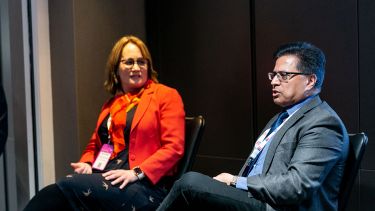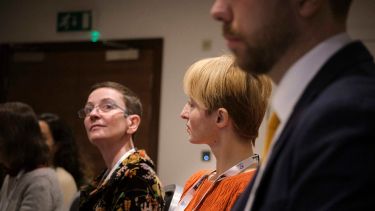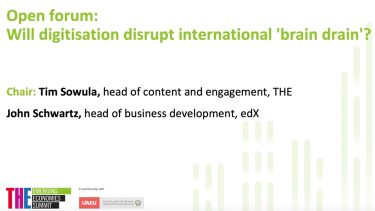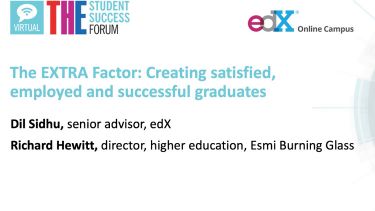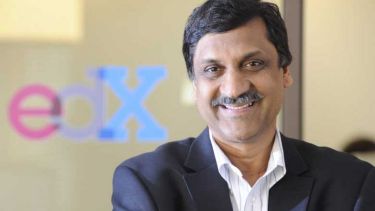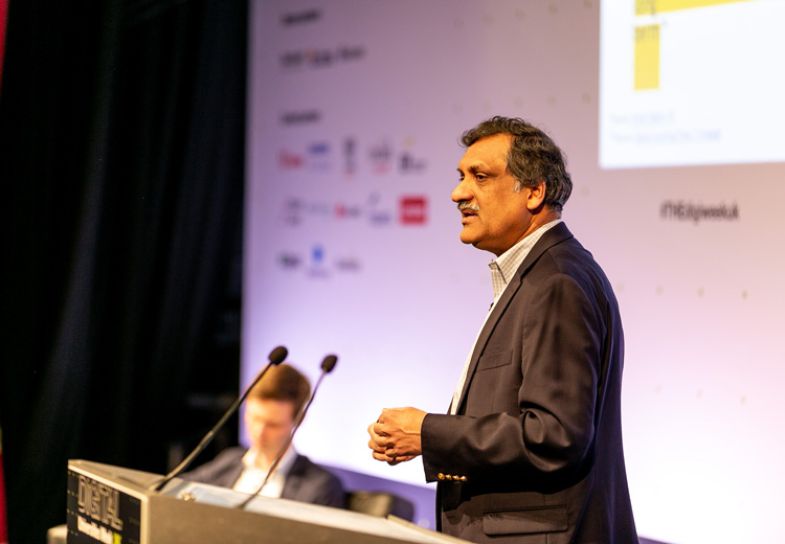
Prioritising flexibility and learner-centricity should be primary goals for universities as they focus on modular, blended and job-ready curricula
The Covid-19 pandemic has fundamentally altered the higher education landscape, granting students more agency to steer and shape their learning experience. This has created challenges too, particularly around the optimal way to implement online, blended and lifelong learning while prioritising learner outcomes.
Speaking at THE Digital Universities Week UK 2022, Anant Agarwal, founder of edX and chief open education officer at 2U, outlined the recent reshaping of the higher education sector and discussed a model for the resilient university of the future.
“If you look back over the past few centuries, our education system – particularly higher education – has not really changed much,” Agarwal said. “I teach like I was taught, and my professors taught me just as they were taught. This is how the culture around learning has evolved at universities, with most content being faculty-driven.”
The pandemic turned this teaching model on its head, with higher education institutions becoming more learner-centric. “We're listening to students more than ever before,” Agarwal said. “And, as a result, we are learning interesting things. It’s clear we should have been listening much sooner.”
By putting students closer to the centre of their learning journey, Agarwal said that four key trends had been identified for the learner-centric university. These were the broad adoption of online lifelong learning, the growth of modular, stackable learning, a shift to blended learning on campus, and mapping learning to career relevancy.
“Online learning has incredible benefits,” Agarwal said. “Different students prefer to learn in different ways. Some will want to pause and rewind a lecture video at particular points, others may want to mute the professor and read the transcript. This is just one example of the flexibility and learner-centricity that is offered by online learning.”
Modular learning also offers flexibility. “Before the pandemic, a degree took three or more years,” Agarwal said. “But many learners don’t want a whole degree, they want part of a degree. Post-pandemic, we are seeing the completion of more MicroMaster’s programmes and other credentials that allow students to learn in smaller blocks.”
As universities look to a post-pandemic world, it is important that they don’t revert to how things were in the past. Many academics and students want to persist with blended learning, using online content as a kind of digital textbook. They also want to restructure degree programmes to ensure they incorporate more of the skills that are needed to develop job-ready graduates.
Creating a local talent pipeline, talking to employers, and running skills boot camps are just a few of the ways that universities are mapping learning to career relevancy.
“It’s hard to change,” Agarwal admitted. “But this is the moment. University leaders, faculty members, and students are ready for it. It’s time to take the lessons of the last two years on board, seize the moment and create lasting change in our higher education institutions.”
Find out more about edX.

